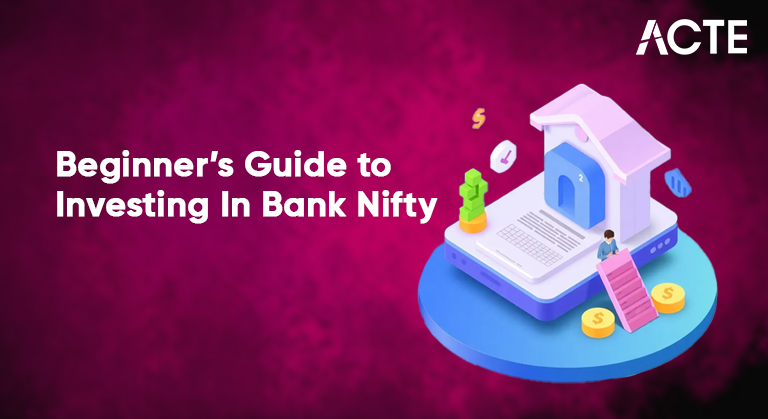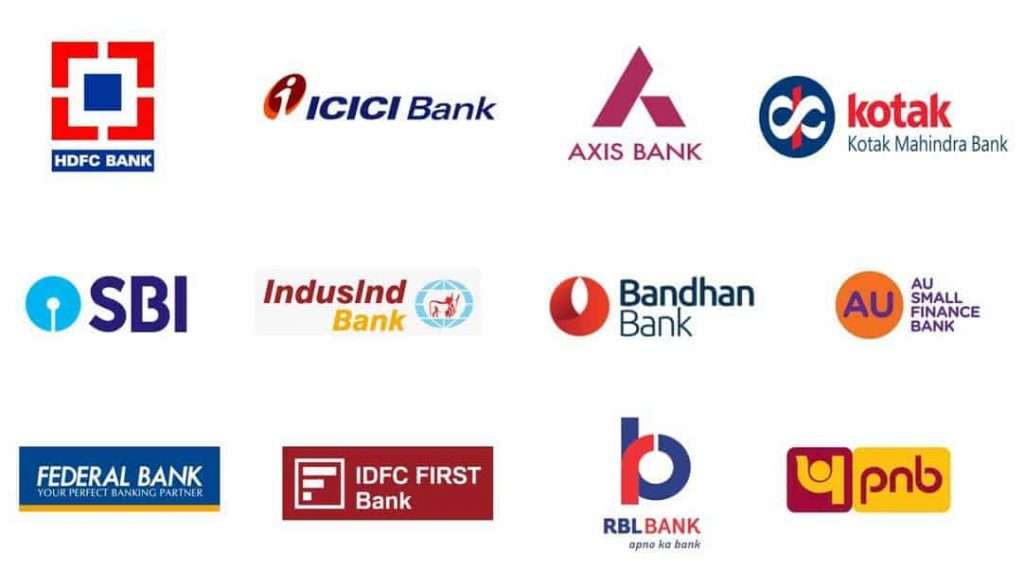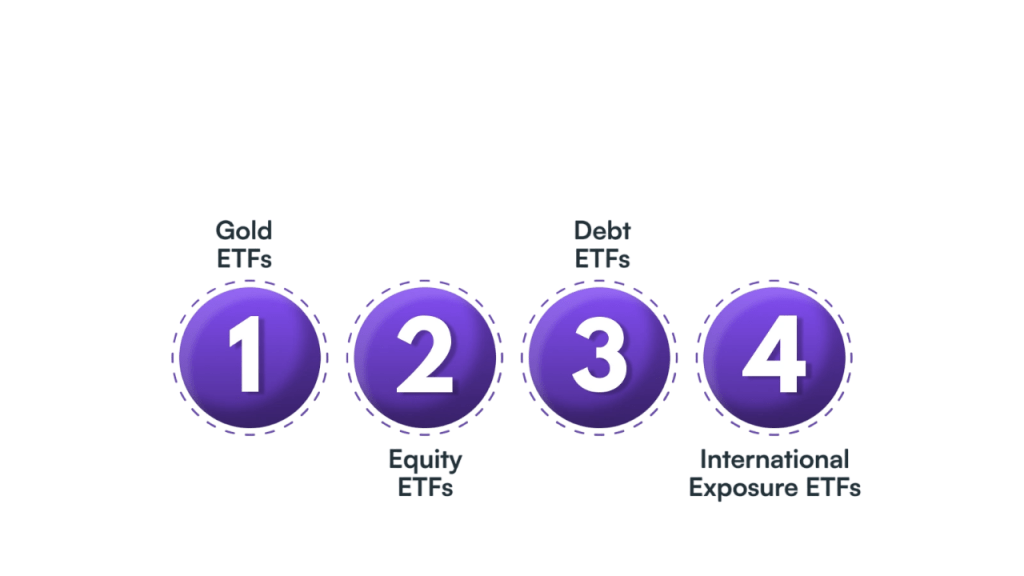
- Introduction to Bank Nifty
- Components of Bank Nifty Index
- Why Invest in Bank Nifty?
- Different Ways to Invest: ETFs, Futures, Options
- Understanding Bank Nifty Futures
- Investing via Index Funds and Mutual Funds
- Trading Strategies for Bank Nifty
- Risk Management While Investing in Bank Nifty
- Tools and Platforms for Bank Nifty Trading
- Summary
Introduction to Bank Nifty
The Investing In Bank Nifty, officially known as the Nifty Bank Index, is one of the most actively traded indices on the National Stock Exchange (NSE) of India. It serves as a benchmark index for the Indian banknifty price sector, representing the performance of the most liquid and large-cap banking stocks. Introduced in 2003, the index comprises 12 major banking stocks and is widely used by investors and traders alike for gauging market sentiment in the banking sector. Bank Nifty plays a crucial role in the Indian financial ecosystem. Given that banking is a core sector influencing economic activities, tradingview banknifty,Understanding Bank Nifty Futures the performance of Bank Nifty often mirrors the health of the overall economy. The index includes a mix of private and public sector banks and is calculated using the free-float market volatility capitalization-weighted method. This ensures that the index is responsive to real-time market dynamics and reflects the performance of stocks based on their market relevance.
Do You Want to Learn More About Database? Get Info From Our Database Online Training Today!
Components of Bank Nifty Index
Bank Nifty is made up of 12 constituent stocks that are selected based on their free-float market capitalization, liquidity, and Trading Strategies for Bank Nifty volume. The current constituents include:

- HDFC Bank
- ICICI Bank
- Kotak Mahindra Bank
- Axis Bank
- State Bank of India (SBI)
- IndusInd Bank
- Bandhan Bank
- Federal Bank
- Punjab National Bank (PNB)
- IDFC First Bank
- AU Small Finance Bank
- Bank of Baroda
These banks represent a diversified mix of public and private sector banks, Understanding Bank Nifty Futures offering a broad view of the banknifty price industry’s performance. TheInvesting In Bank Nifty index is reviewed semi-annually to ensure it remains representative of the sector.
Why Invest in Bank Nifty?
- Diversification: Investors gain exposure to a diversified set of banking stocks, which helps in reducing unsystematic risk.
- Sectoral Focus: It is ideal for those who want to take a position in the banking sector without investing in individual stocks.
- High Liquidity: Bank Nifty derivatives are among the most liquid instruments in the Indian market.
- Economic Indicator: The performance of Bank Nifty can serve as a barometer for the Indian economy, given the central role of banks.
- Efficient Pricing: Due to high Trading Strategies for Bank Niftyvolumes, Bank Nifty typically exhibits efficient price discovery.
- Lot Size: Typically, one futures contract consists of 15 units of Bank Nifty.
- Expiry: Contracts are available in weekly and monthly expiries.
- Margin Requirements: A certain percentage of the total contract value must be maintained as margin.
- Mark-to-Market (MTM): Positions are settled daily based on the closing price.
- Low Expense Ratios: Passive management leads to lower fees.
- Professional Management: Fund managers handle portfolio adjustments and rebalancing.
- Systematic Investment Plans (SIPs): Allows disciplined investment over time.
- Iron Condors
- Butterfly Spreads
- Covered Calls
- Protective Puts
- Stop Loss Orders: Crucial to limit potential losses.
- Position Sizing: Avoid allocating too much capital to a single trade.
- Diversification: Don’t rely solely on Bank Nifty; maintain a balanced portfolio.
- Regular Monitoring: Keep an eye on market news and economic indicators.
- Brokers: Zerodha, Upstox, Angel One
- Charting Software: TradingView, MetaTrader
- News Portals: Moneycontrol, Economic Times, Bloomberg Quint
- Mobile Apps: Kite, Groww, INDmoney
Would You Like to Know More About Database? Sign Up For Our Database Online Training Now!
Different Ways to Invest: ETFs, Futures, Options
Bank Nifty can be accessed through various investment and Trading Strategies for Bank Nifty vehicles:
Exchange-Traded Funds (ETFs):
ETFs are one of the most straightforward ways to invest in Bank Nifty. These funds replicate the performance of the index and are traded on the stock exchange like a regular stock. Popular Bank Nifty ETFs include Nippon India ETF Bank BeES and ICICI Prudential Bank ETF.

Futures
Bank Nifty futures are standardized contracts to buy or sell the index at a predetermined price on a future date. These are widely used by traders for speculative purposes or to hedge existing positions. Futures tradingview banknifty allows leverage but also comes with higher risk.
Options
Options on Bank Nifty allow investors to speculate on the future direction of the index with limited capital and predefined risk. Strategies like straddles, strangles, volatility and spreads can be employed depending on market conditions.
Understanding Bank Nifty Futures
Banknifty price futures contracts are derivatives that derive their value from the Bank Nifty index. Key features include:
Futures are ideal for experienced traders due to the leverage involved. However, they also require rigorous risk management.
To Earn Your Database Certification, Gain Insights From Leading Blockchain Experts And Advance Your Career With ACTE’s Database Online Training Today!
Investing via Index Funds and Mutual Funds
If you prefer a hands-off approach, you can invest in Bank Nifty through index mutual funds. These funds aim to replicate the index’s performance by holding all or most of the constituent stocks. Advantages include:
Trading Strategies for Bank Nifty
Intraday Trading
Trading Strategies for Bank Nifty often use technical indicators like Moving Averages, Bollinger Bands, and Relative Strength Index (RSI) to take intraday positions. Bank Nifty’s high volatility provides ample opportunities for profit.
Swing Trading
This involves holding positions for several days to capture intermediate-term price movements. Traders rely on chart patterns, tradingview banknifty, volume analysis, and support/resistance levels.
Options Strategies
Bank Nifty options allow for complex strategies like:
These strategies help manage risk and maximize returns in various market conditions.
Preparing for a Database Job? Have a Look at Our Blog on Database Interview Questions and Answers To Ace Your Interview!
Risk Management While Investing in Bank Nifty
Investing in Bank Nifty, especially through derivatives, requires stringent risk management:
Tools and Platforms for Bank Nifty Trading
Several platforms offer comprehensive tools for trading and analysis:
These platforms provide real-time data, research tools, and educational resources to support informed decision-making.
Summary
Investing In Bank Nifty offers a unique opportunity to participate in the growth of India’s banking sector. Whether you are an investor seeking long-term gains or a trader looking for short-term profits, tradingview banknifty has something to offer. Investing in the Bank Nifty Index offers exposure to India’s leading banking institutions and can be a powerful tool for both short-term traders and long-term investors. However, due to its volatility and sensitivity to economic and policy changes, it requires informed decision-making and disciplined risk management. By Understanding Bank Nifty Futures, volatility using appropriate investment vehicles (like ETFs, futures, or options), and following sound strategies, you can leverage the potential of Bank Nifty while minimizing unnecessary risks.




